Do you consider spending 100 dollars on a cable that is not any better than a 10-dollar cable? This question has generated heated discussions in electronic stores, e-forums, and living rooms all over the world. Although you may be persuaded by sales associates that high-quality HDMI cables are the way to get a better picture and crystal-clear audio, the truth is not as simple as that. The reality about HDMI cable performance is not what is marketed to you on its covers or gold-plated connectors, but rather how digital signals are supposed to operate.
The Digital Signal Reality: It’s All About 1s and 0s
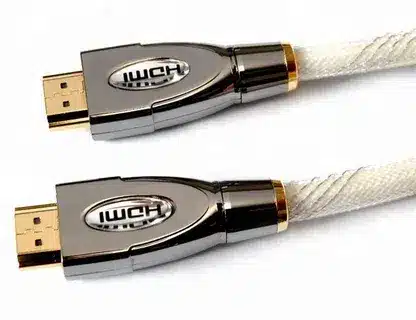
That is the basic fact that cuts through all the marketing dots: HDMI cables are digital, not analog. Digital transmission operates on a very simple principle, unlike in the olden days of composite or component video cables, where picture quality could suffer due to signal degradation; in this case, the signal either makes it or it does not.
By having your gaming console broadcast a 4K HDR signal out to your TV, it is sending out millions of 1s and 0s per second. These digital bits do not know whether they are being transported over a cable that costs 15 dollars or costs 150 dollars and is dubbed as a premium cable–they will get to their destination, and they will be the same. There is no such thing as better 1s and 0s.
There are only actual distinctions among cables in three major categories:
- Sturdiness and construction.
- HDMI bandwidth and certification.
- Long-range reliability.
What the Experts Say
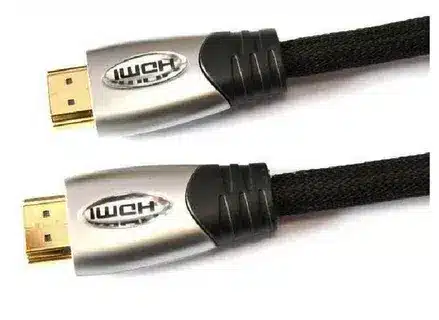
Players in the tech industry have been quite consistent on this matter. Audio-video engineers, display experts, and consumer electronics reviewers continuously make the same argument: picture and sound quality do not change with cable cost.
It is not about how to make your signal better–it is simply about building a cable that is capable of supporting the particular needs of your device. A cable that performs perfectly well with 1080p material may be unable to support 4K 120Hz gaming or 8K video streamlines. It is not quality, it is compatibility and bandwidth.
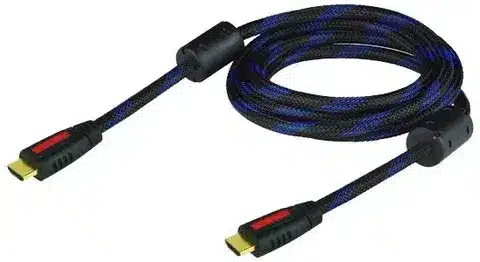
A lot of the high-end features that are sold on costly cables are deceptive or of little use:
- Gold plating: It also does not enhance the transmission of signals, but it does prevent corrosion.
- Oxygen-free copper: Does not matter in digital signal quality.
- Triple shielding: This can be useful in high-noise applications, but most home applications do not need it.
Real User Experiences
In every technology community or product review site, you will read thousands of user stories that compare the experience of using expensive cables with cheaper ones. The overwhelming consensus? No visible or audible difference in everyday setups.
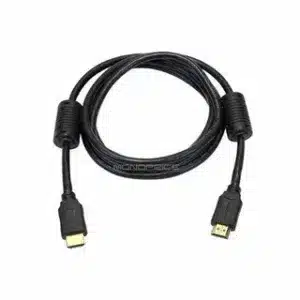
One of the most common user-to-user interactions reads like this: I just purchased an HDMI cable for 80 dollars because I was told it would improve my 4K movie quality. I could not discern a difference when I put it next to the $12 cable that was included with my streaming device. Same image, same quality of sound.
Nevertheless, users also complain about problems in certain situations:
- Weak cables that fail (no signal, flickering, dropouts)
- Issues with extremely long cable runs (15-20 feet or longer)
- Incompatibility with other high-bandwidth applications, such as 4K 120Hz gaming.
When Price Might Actually Matter
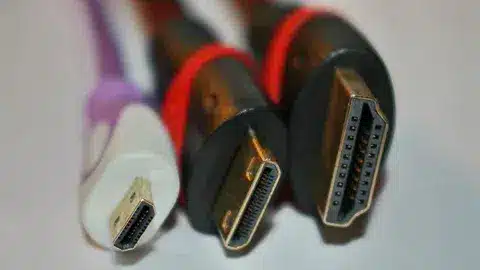
Expensive cables will not make your picture any better, but there are valid situations in which you should pay extra:
Cable Length Considerations
Normal passive HDMI cables have a range of approximately 15 feet. Beyond that range, you may find signal failures or total failures with inexpensive cables. For longer runs, consider:
- Good passive cables (25f. or more)
- Active HDMI cables that contain built-in signal boosters (25+ feet).
- Very long HDMI cables (50 feet or more) made of fiber optic.
Durability and Connector Quality
When you often plug and unplug, the quality of the construction is important. Look for:
- Connector housings reinforced.
- Strain relief at cable ends
- Plastic, yet tough cable jacketing.
- Snug, close connectors.
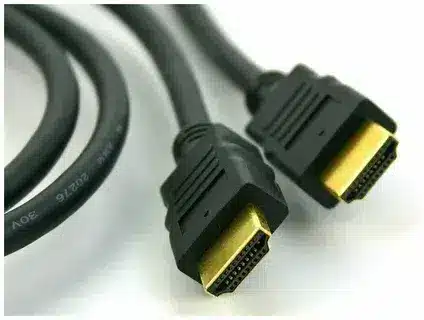
HDMI Certification
This is one area where you should not hold corners. The right certification makes your cable support the bandwidth demands of your devices:
- Standard HDMI: 1080i maximum resolution.
- High Speed HDMI: 080p, 4K at 30Hz
- Premium High Speed: 4K 60 Hr with HDR.
- Ultra High Speed: 4K at 120Hz, 8K at 60Hz
Warranty and Support
Better warranties and customer support are common features of premium cables, which can give confidence in installations that are permanent.
Your HDMI Cable Buying Guide
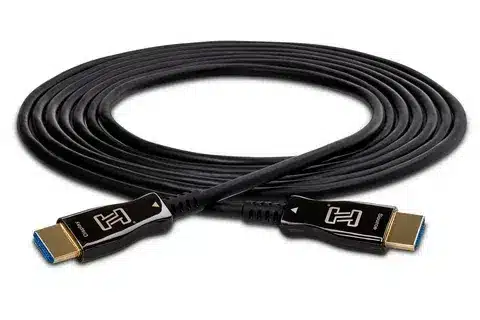
These five steps will help you select the most appropriate cable without having to spend too much money:
Step 1: Identify Your Requirements
- Make sure you have the right HDMI version of your devices (in the specification or settings menu)
- Decide on the maximum resolution and refresh rate to be used.
- Look at future upgrades to save on purchasing twice.
Step 2: Choose a Proper Certification
- Certify the match cable up to your top bandwidth need.
- You do NOT have to pay to get Ultra High Speed when you only require Standard HDMI.
- Find official HDMI Licensing Administrator certification.
Step 3: Measure Twice, Buy Once
- Only buy the length that you require.
- The shorter the cables, the fewer issues there are likely to be.
- An unwound cable will lead to signal problems.
Step 4: Focus on Build Quality, Not Marketing Claims
- Rugged connectors with fine fit and finish.
- Plastic cable that does not break when bent many times.
- Do not buy cables that promise unrealistic performance.
Step 5: Skip the Snake Oil
- Gold plating is good, but it will not enhance performance.
- Audiophile-grade HDMI cables are a marketing gimmick.
- Digital cables do not need directional arrows.
- A better signal does not mean expensive cable.
Quick Reference: HDMI Standards Comparison
| HDMI Type | Max Resolution | Refresh Rate | Best For |
| Standard | 1080i | 60Hz | Basic HD content |
| High Speed | 4K | 30Hz | Most streaming, Blu-ray |
| Premium High Speed | 4K HDR | 60Hz | Gaming consoles, premium streaming |
| Ultra High Speed | 8K | 60Hz | Latest gaming, future-proofing |
Smart Shopping Without the Hype
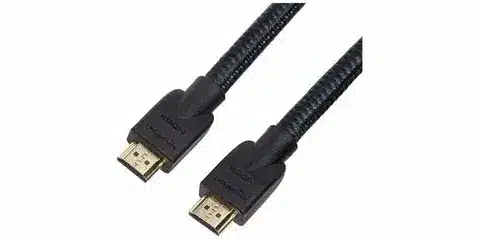
When purchasing HDMI cables, do not feel tempted to purchase the most expensive cable. Instead:
Look for Value Leaders. Trustworthy brands tend to carry certified cables that are affordable. A quality certified High Speed HDMI cable will set you back between 10-25 dollars, whereas the Ultra High Speed cables will cost between 15-40 dollars.
Read the Fine Print. Check actual certification and not marketing claims. Find official HDMI logos and certification numbers.
Consider Your Use Case
- Basic streaming: Standard or High Speed HDMI.
- 4K gaming: Premium High Speed
- Latest consoles/PCs: Ultra High Speed, full feature supported.
- Permanent installation: Install permanently.
Avoid Premium Features unless you have certain technical needs. Standard certified cables are just fine as long as you do not have any technical needs.
The Bottom Line: Where to Spend Your Money
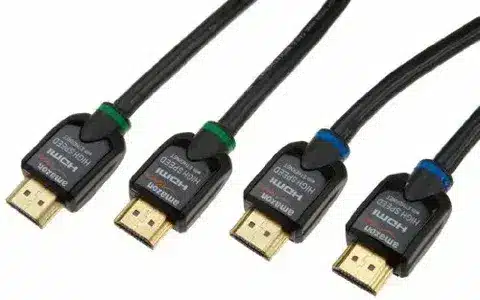
Here is the reality that cable companies do not want you to realize about: costly HDMI cables will never give you a better picture or sound. Digital signals are on or off–there is no in-between, where a more expensive cable will make your Netflix content look better.
Rather than spending 100 dollars on a so-called premium HDMI cable, use it where it matters:
- Better display technology: A better TV or monitor.
- Improved audio equipment: better speakers or headphones.
- Enhanced source devices: Streaming players that have improved processing.
- Room acoustics: Acoustics of the room in which you watch.
Buy a certified HDMI cable with the bandwidth you need, which is also destined to live as long as you will need it, and throw it in the garbage. This is but natural since your cable is supposed to be the least entertaining thing about the entertainment system.
The smartest approach? You spend 90 percent of your research time trying to find the right devices and 10 percent of your research time trying to find a reputable and certified cable to join the two devices together. Your wallet will appreciate it and so will your viewing experience as compared to spending ten times more on cables.





